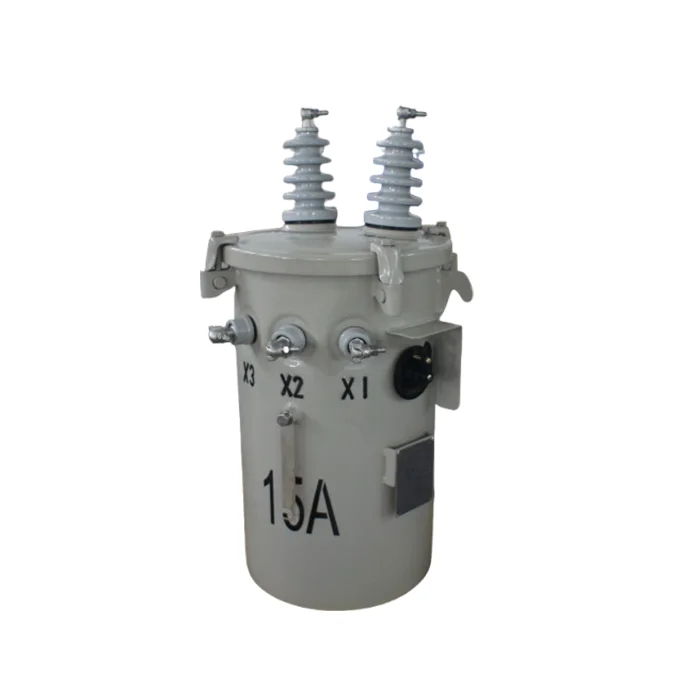In today's world, where hygiene and cleanliness have become paramount, the demand for effective disinfectant chemicals is at an all-time high. With numerous options available in the market, it can be overwhelming to determine the best disinfectant chemical for your specific needs. In this blog post, we will delve into the depths of disinfectant chemicals, exploring their types, properties, and applications, to help you make an informed decision.
- Understanding Disinfectant Chemicals:
Disinfectant chemicals are substances specifically designed to eliminate or inactivate microorganisms, including bacteria, viruses, fungi, and protozoa. They are commonly used in various industries, such as healthcare, food processing, hospitality, and residential cleaning. The effectiveness of a disinfectant chemical depends on several factors, including its mode of action, spectrum of activity, and safety profile. - Evaluating Disinfectant Chemicals:
To determine the best disinfectant chemical, it is crucial to consider its efficacy, safety, compatibility, and ease of use. Here are some key factors to consider:
a) Efficacy: Look for disinfectant chemicals that have been proven effective against a broad range of microorganisms. Check for certifications and approvals from regulatory bodies like the Environmental Protection Agency (EPA) or the Food and Drug Administration (FDA).
b) Safety: Ensure the disinfectant chemical is safe for both users and the environment. Look for low toxicity levels, absence of harmful residues, and compatibility with different surfaces and materials.
c) Compatibility: Consider the compatibility of the disinfectant chemical with the surfaces or objects you intend to disinfect. Some chemicals may cause discoloration, corrosion, or damage to certain materials.
d) Ease of Use: Evaluate the convenience of application, such as whether the disinfectant chemical requires dilution, special equipment, or specific contact times. User-friendly options can enhance efficiency and compliance.
- Types of Disinfectant Chemicals:
a) Quaternary Ammonium Compounds (Quats): These chemicals are widely used due to their broad-spectrum efficacy, low toxicity, and compatibility with various surfaces. Quats are commonly found in disinfectant wipes, sprays, and solutions.
b) Chlorine Compounds: Chlorine-based disinfectants, such as sodium hypochlorite (bleach), are effective against a wide range of microorganisms. However, they may have limited compatibility with certain materials and can produce strong odors.
c) Peroxygen Compounds: Hydrogen peroxide and peracetic acid are examples of peroxygen-based disinfectants. They offer excellent efficacy, rapid action, and are environmentally friendly. Peroxygen compounds are commonly used in healthcare settings.
d) Phenolics: Phenolic disinfectants are known for their long-lasting residual activity and effectiveness against certain viruses. However, they may have a strong odor and can cause skin irritation.
- Application Areas:
a) Healthcare: In healthcare facilities, the best disinfectant chemicals should be effective against a wide range of pathogens, including drug-resistant bacteria and viruses. Quats, chlorine compounds, and peroxygen compounds are commonly used in hospitals, clinics, and laboratories.
b) Food Processing: Disinfectant chemicals used in the food industry must be safe, non-toxic, and effective against foodborne pathogens. Quats and chlorine compounds are commonly employed for sanitizing food contact surfaces and equipment.
c) Hospitality: Hotels, restaurants, and other hospitality establishments require disinfectant chemicals that are effective against common pathogens and safe for use around guests. Quats and peroxygen compounds are often preferred in these settings.
d) Residential Cleaning: Disinfectant chemicals used for household cleaning should be safe, easy to use, and effective against common household germs. Quats, chlorine compounds, and hydrogen peroxide-based products are commonly used by consumers.
Conclusion:
Choosing the best disinfectant chemical requires careful consideration of efficacy, safety, compatibility, and ease of use. While various options exist, quaternary ammonium compounds (quats) and peroxygen compounds often emerge as top choices due to their broad-spectrum efficacy, safety profiles, and versatility. Remember to always follow the manufacturer's instructions and guidelines for proper use and ensure compliance with regulatory standards. By selecting the right disinfectant chemical, you can effectively combat pathogens and maintain a clean and hygienic environment.


